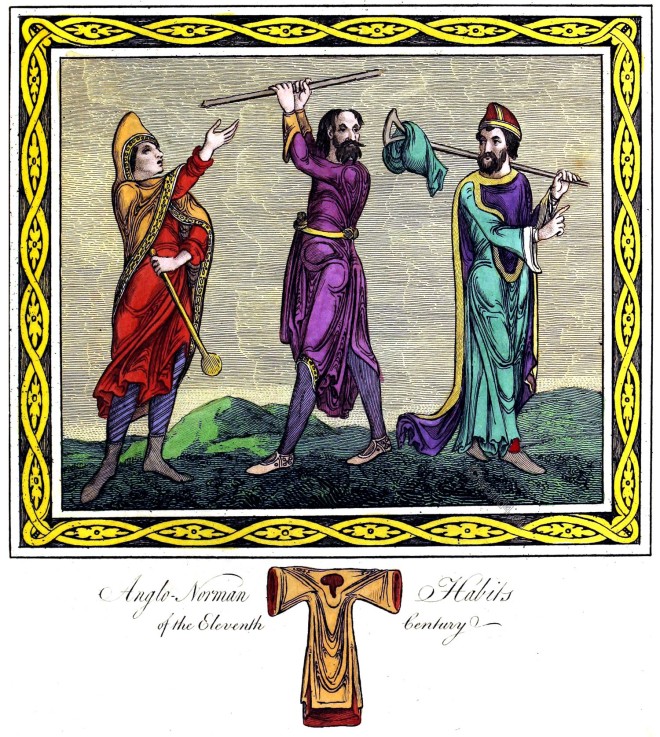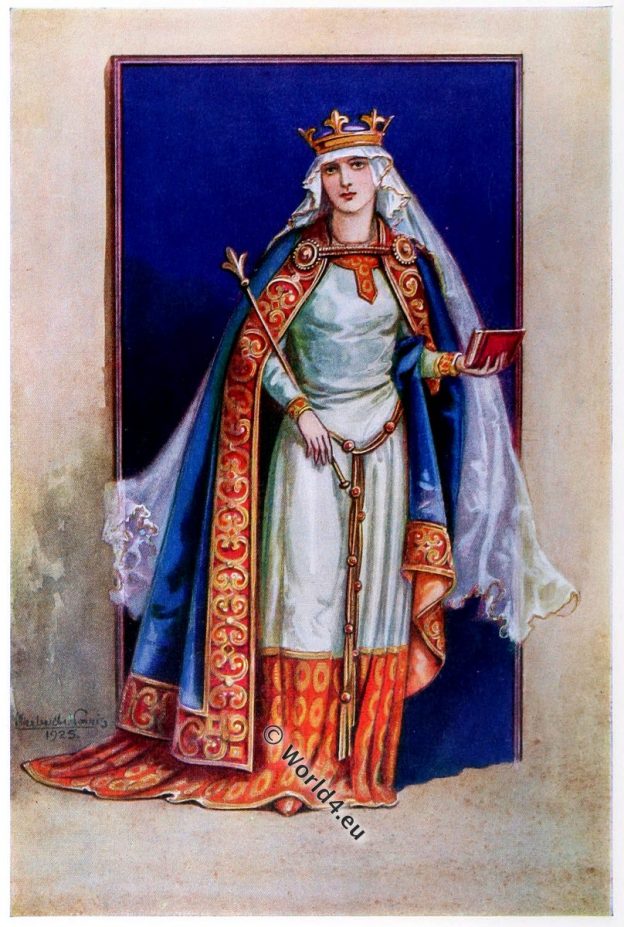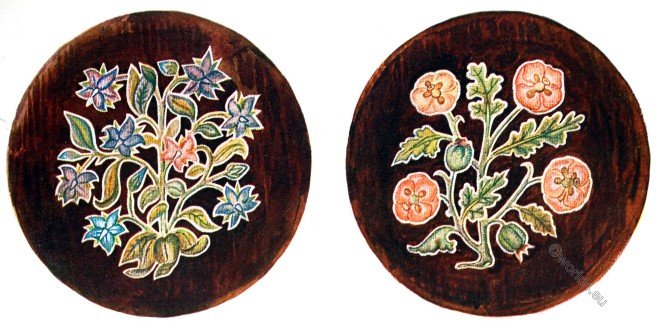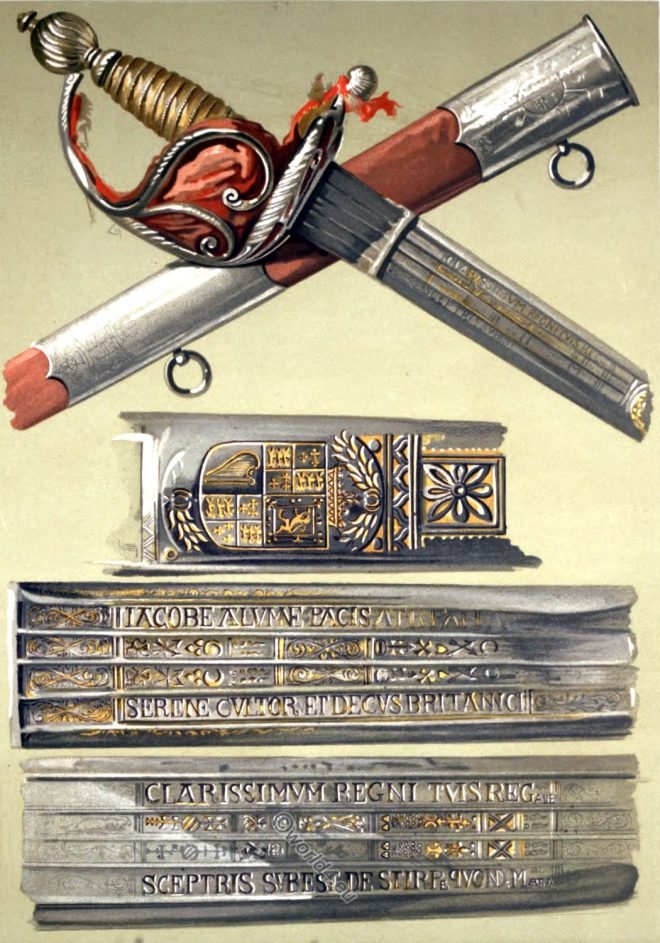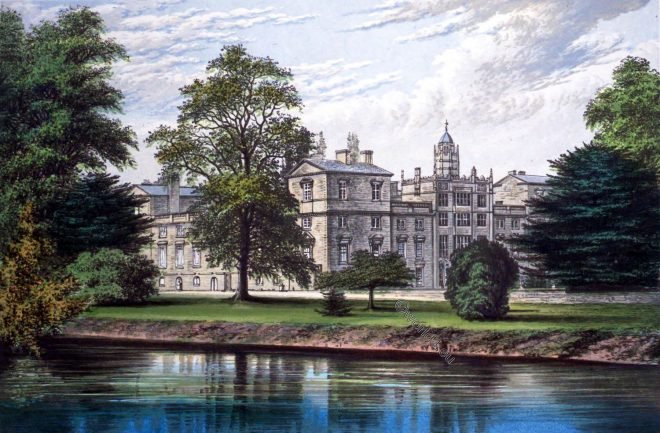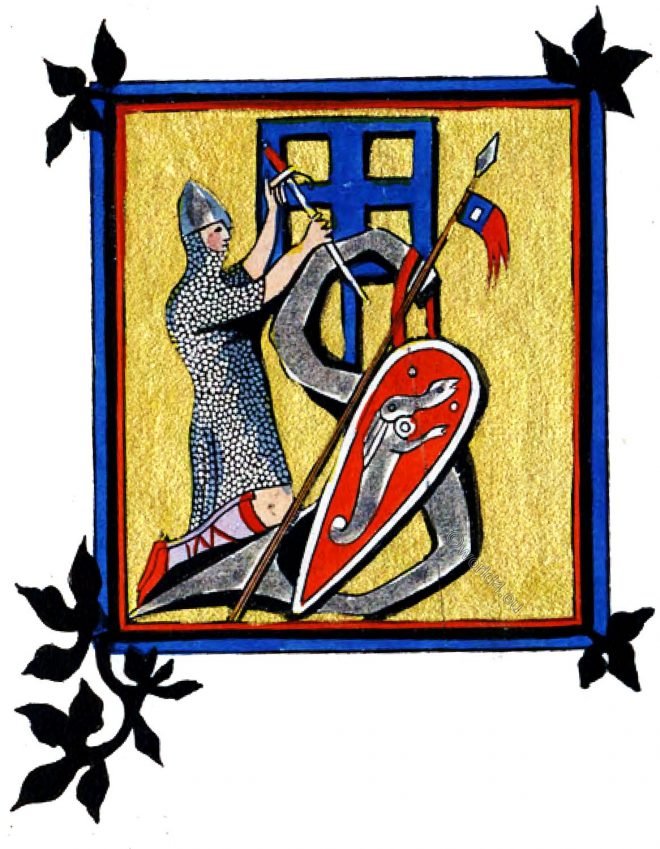Fashion and costume history in the Reign of William II, called William Rufus. Medieval England Anglo-Norman 1087-1100.
Category: England
Period Costumes and Fashion from England, Regency, Empire, Georgian, Directory, Victorian and Tudor dresses.
The dress and decorations of the Anglo-Saxons. 8th to 11th century
The dress of the Anglo-Saxons. 8th to 11th century
The Art of cutting in England. The Norman Period.
The conquest of England by the Normans, under the command of William the Conqueror, effected a most important change in the laws, manners, customs, and costume of the inhabitants.
Dress of a Fisherman from Hastings in England, 19th c.
HASTINGS FISHERMAN. The fishermen are a bold, hardy class of men, and necessarily exposed to great fatigues and dangers in the winter months
Sidney Herbert, 1st Baron Herbert of Lea. Probably painted in 1847.
Sidney Herbert, 1st Baron Herbert of Lea. This is probably the portrait painted in 1847, and exhibited at the Royal Academy the same year, the replica of which is now at Herbert House.
Norman Fashion Era. England Middle Ages 11th c.
Norman fashion era in England 1066-1087 according to historical sources.
Reign of William I. (The Conquerer) and Matilda of Flanders.
Textiles and Embroidery during the Tudor and Stuart Periods.
Art in England during the Elizabethan and Stuart Periods. Textiles and Embroidery by Aymer Vallance.
The sword of James Graham, 1. Marquess of Montrose.
The sword of James Graham given by Charles I.
Wilton House. The manor house is home to the Earls of Pembroke.
Wilton House is a manor house, famous for its landscaped park and magnificent interiors.
The Norman conquest. A critical inquiry into ancient armour.
The Norman conquest. William the Conqueror. 1066. The state of Armour in Britain when William led his army of Normans.



